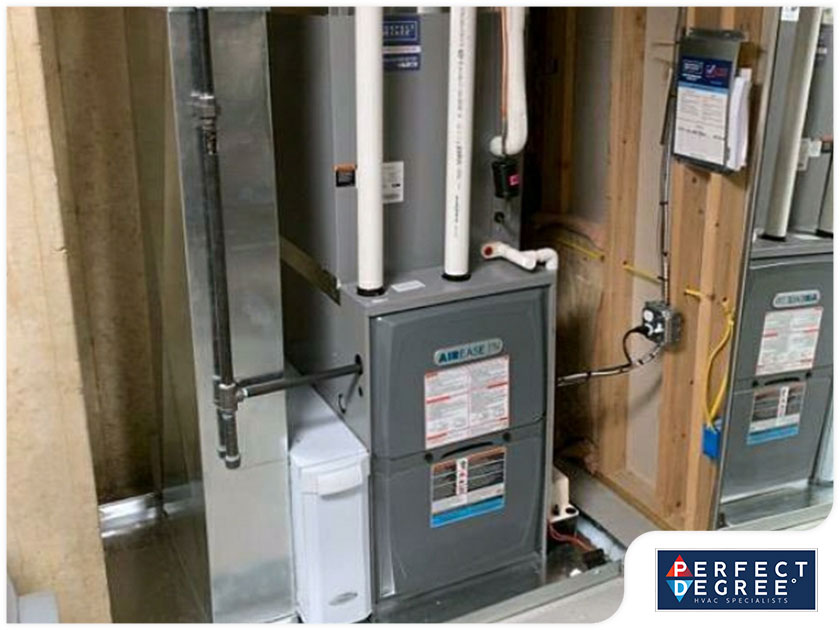The Ultimate Overview to Furnace Installation for a Cozy Home
Heater setup is a vital element of maintaining a comfy home setting, especially during the colder months. As you consider these factors, the question remains: what actions can you take to guarantee your heating system serves you well for years to come?
Sorts Of Furnaces

Gas heating systems are the most usual option due to their performance and lower functional costs. They use natural gas or gas, offering fast heating and regular efficiency, making them perfect for chillier environments.
Electric heaters, while generally much easier to set up and keep, often tend to have greater functional prices. They are often favored in areas where gas service is unavailable or for homes with existing electric infrastructure.
Oil furnaces, though less common today, remain a practical choice in specific regions. They burn heating oil, which can be beneficial during colder months, but their dependence on oil distribution postures possible challenges.
Additionally, there are high-efficiency versions readily available throughout these kinds, which can substantially reduce energy consumption and utility bills - furnace installation. Ultimately, understanding these heating system types will aid home owners pick a system that straightens with their home heating needs, budget, and power choices
Selecting the Right Size
Selecting the appropriate dimension for a heater is essential to ensuring optimum efficiency and energy efficiency. A small heater will battle to preserve comfortable temperature levels during the cool months, bring about enhanced wear and tear, greater energy costs, and prospective system failure. Alternatively, a large furnace might cycle on and off as well frequently, causing ineffective heating and unequal temperature circulation within the home.
To identify the proper heater size, an estimation called the Guidebook J tons estimation ought to be executed. This process reviews different variables, including the square video of the home, insulation levels, home window dimensions, and regional environment conditions. This detailed evaluation guarantees that the heater meets the certain heating demands of the room.

Installation Refine Review
In regards to products, you will need ductwork, insulation, and securing tape to make sure ideal airflow and energy performance - furnace installation. It is additionally crucial to have a new furnace filter accessible, in addition to venting materials, such as PVC pipe or metal flue, depending on the kind Discover More Here of heating system being installed
Safety and security devices, including handwear covers, goggles, and a face mask, is additionally important to safeguard versus dust and particles during installment. Having all these tools and products easily offered not only simplifies the process yet likewise boosts the security and performance of the heating system installation.
Maintenance Tips for Long Life
To guarantee the long life of your furnace, it is important to execute a normal maintenance routine that addresses crucial components of the system. Begin by changing or cleaning the air filter every one to 3 months, as a clogged filter can restrict air flow and lower efficiency. Furthermore, evaluate and clean the blower assembly to stop dust build-up that can prevent efficiency.
Next, inspect the thermostat setups and rectify if necessary to make sure accurate temperature guideline. Inspect the ductwork for leaks or obstructions, as this can bring about power loss and uneven heating. Consistently lubricate the motor and bearings according to the maker's referrals to decrease wear and tear.
Professional evaluations must take place each year, where a certified technician can evaluate the furnace's overall condition, check for gas leaks, and ensure that safety features are functioning correctly. Take into consideration mounting a programmable thermostat to maximize power usage and preserve consistent home temperatures. By adopting these upkeep techniques, you can improve your heating system's effectiveness, extend its lifespan, and inevitably appreciate a comfy and comfy home atmosphere.
Final Thought
